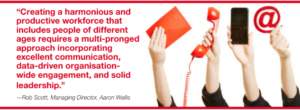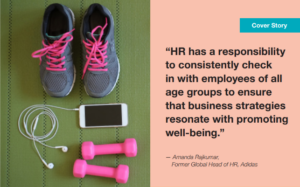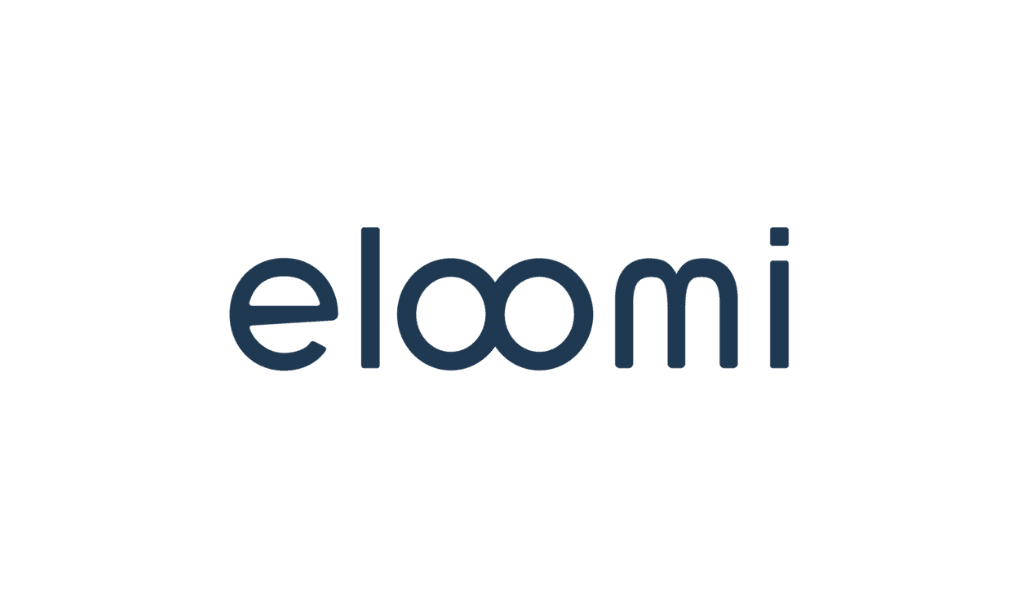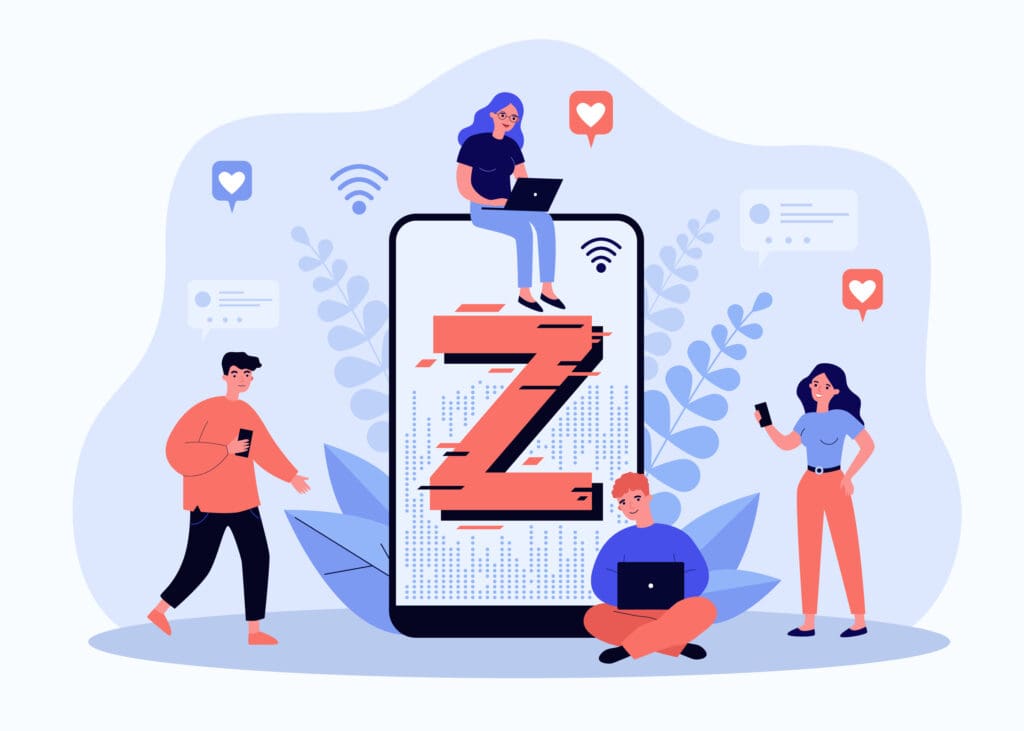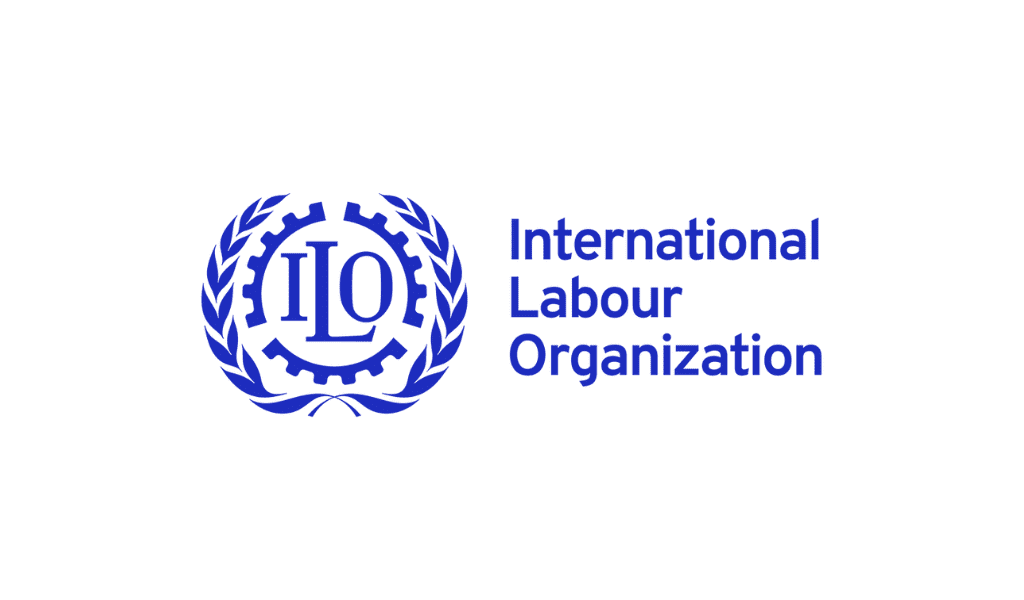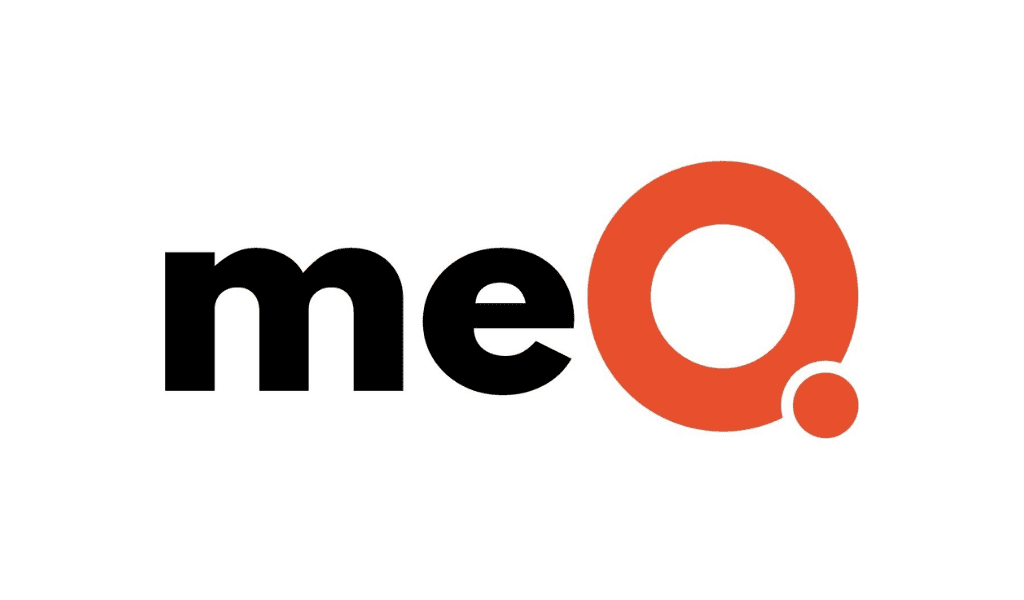There’s no one-size-fits-all approach to managing the varying ages and preferences of today’s workers.
By Simon Kent
The multigenerational workplace is a reality for businesses across EMEA. However, despite this, there appears to be no clear way to manage the diverse generations who can co-exist in one organisation.
Henrik Bresman, associate professor of organizational behaviour at INSEAD, has conducted much research into how generations differ in their motivations and expectations from work. Overall, he says, the results are inconclusive, but he does emphasise one idea. “In my view, the most critical step HR can take is to help build an environment where all members of a diverse community, regardless of generation, can speak up candidly about their differences without fear of negative repercussions and collectively work through them respectfully,” he says.
Communication is critical to building a engaged workplace. Rob Scott, managing director of Aaron Wallis, believes a successful mix begins with good practices in recruitment and retention: “Creating a harmonious and productive workforce that includes people of different ages requires a multi-pronged approach incorporating excellent communication, data-driven organisation-wide engagement, and solid leadership,” he says.
To create an age-diverse workforce in the first place, Scott advises inclusive job descriptions and job postings which avoid age-biased language. Opportunities should be advertised across diverse platforms to attract a varied demographic of applicants. Once in the organisation,
Scott’s view on retention is to create a strategy which delivers flexible work arrangements tailored to the varying needs of staff. This can include initiatives such as phased retirement programmes, for example, where workdays or hours per week can be reduced according to the individual’s desire.
“Something I feel has been missing in many organisations since COVID has been an effective mentoring programme that enables younger staff to learn from experienced and older colleagues,” Scott adds. “Offering this level of support helps to create a more harmonious workforce where all generations can understand, appreciate, and respect the differing skill set that each individual brings to the workplace.”
Natasha Wallace, international people operations partner at collaboration platform ClickUp, agrees that there is much value in mentorship programmes, adding in the idea of reverse mentoring where younger employees guide and give advice to their older counterparts as a way to ensure the different age groups learn from each other and share their experiences. “They are a great way to facilitate knowledge transfer and create a sense of community,” says Wallace. “Managers and individual contributors should be open about their communication preferences and how they best take information on board or provide feedback to yield success. Understanding personal preferences can help to influence the general practices and processes of your coworkers to eventually find a more harmonious work flow.”
Diverse communication tools, from instant messaging to video calls and other collaboration techniques, can all be made available for employees to use as they wish. Wallace notes choosing the right one will mean the context and tone of voice of colleagues can be better understood. “People naturally lean into one type more than another for collaboration, so variation can assist in making sure that there’s an option for all team members,” she says. “For example, a colleague might prefer voice notes to communicate tone over gifs and emojis.”
Communication is also aided by ensuring that schedules are visible to all team members and that expected outcomes from meetings and co working are always clearly signalled. “By controlling the modes and the visibility of those modes to communicate, it’s easier to facilitate better open communication that values, recognizes, and holds employees of every age accountable,” explains Wallace.
DHL Express has a diverse workforce which spans from entry-level apprenticeships to long-standing employees, many with over 25 years of service. According to Liz Noble, vice president of HR at the company, ensuring everyone stays motivated and feels a sense of belonging in the business means responding to different needs across different generations. This approach extends across reward solutions, talent development opportunities, and the way teams are led and managed. “The expectations about work are changing,” says Noble. “Sustainability, flexibility, and inclusion are key.” This desire is not just a demand of the younger generation, however. The post-COVID Great Resignation was very real, says Noble, with everyone, across generations, re-evaluating what they were looking for and making different choices around part-time or more flexible working.
The trend is continuing now. “In these economically challenging times, offering things such as hybrid working where we can, is also a way to retain staff and keep them happy, without incurring a financial cost,” says Noble. “The balance is important though, to still create belonging whilst some employees work remotely.”
Particular work-life arrangements have also risen in prominence, challenging employers to provide the right circumstances under which individuals can work. Noble notes the occurrence of “dual career” households where both parents are working and share the emphasis on both being successful. Not only does shared childcare become an issue here, but the career choices of each partner at different stages of their working lives may also need managing regarding the timing of new opportunities.
“Overall, it’s vital to acknowledge that there are different needs in the employment lifecycle, requiring an adaptable approach along the journey,” says Noble.
Amanda Rajkumar, former global head of human resources at Adidas, explains that dealing with a diverse workforce at the company meant listening to the needs of employees before feeding this information into workplace arrangements. “At Adidas, we dedicated considerable effort to conducting listening circles, which allowed us to gather insights on our team’s perspectives about remote work,” she explains. “This approach helps us understand the nuances of individual preferences, ultimately fostering a workplace culture that values well-being and balance for everyone on the team whilst boosting overall productivity.”
As Rajkumar says, there will always be a requirement to manage the different needs and expectations of generations, because getting an age diverse workforce to work together begins with ensuring all employees feel they are valued and belong. “HR has a responsibility to consistently check in with employees of all age groups to ensure that business strategies resonate with promoting well-being and fostering a harmonious work-life equilibrium,” she concludes.

